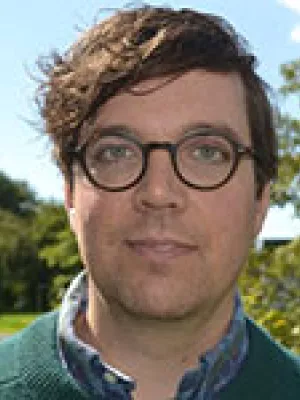One plan, multiple models: The General Plan for Stockholm as an instaurational text.
Författare
-
Sued Ferreira
-
Johan Pries
Summary, in Swedish
The 1952 General Plan for Stockholm is often seen as Sweden’s most important postwar planning document, sketching the outlines of the social-democratic urban region. In the words of city planning director Sven Markelius, it showcased ”the possibilities for building a townscape, or a milieu, with all its components that satisfy the demands we have on urban life today”. This plan has since acquired a mythical status, prefiguring the postwar city’s urban form, ideals of conviviality, equality and welfare, and early concerns with the interrelationships between public transportation, housing typologies, and open space. In this regard, the 1952 General Plan for Stockholm might be understood as an “instaurational” text, architectural theorist Francoise Choay’s term for a text which combines principles and rules with the reproduction of models in the creation of future living environments. Beyond a fixed image of a cohesive, radial-shaped city, we argue that in the General Plan lies a fragmentary plan of speculative character that juxtaposes fundamentally different, even irreconcilable, rules and models. The plan tactically folds together ideas of the garden city and the modernist metropolis, concentration and dispersion, conservation and development, social homogeneity and social heterogeneity, the family and the individual in discursive assemblages. Rather than a single, definitive cohesive vision for the future, this plan contains a multitude of models, and multiple understandings of what a good environment is in response to different actors, challenges, and contexts. We suggest that even this visionary and ambitious document which easily might be seen as archetypically instaurational of a new planning model must be theorized in the multiple and as assembled. Scholars of planning should, therefore, resist the temptation to search for clearcut and unambiguous models, just as planners should recognizes the potential openness created by the heterogenous coalition of practices already at work in models of future environments.



